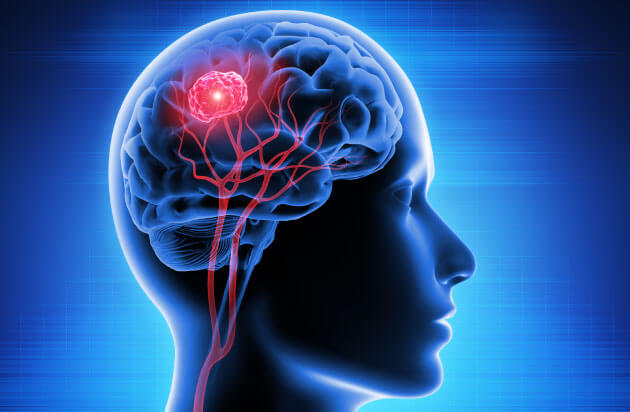
Neurosurgery is a medical specialty that deals with the prevention, diagnosis, and treatment of disorders of the nervous system, including the brain, spinal cord, and peripheral nerves. Neurosurgeons perform a variety of surgical procedures to address a range of conditions, from head injuries to brain tumors. If you are scheduled to undergo a neurosurgical procedure, it is natural to have questions and concerns about what to expect. In this article, we will discuss some of the most common neurosurgical procedures and what you can expect before, during, and after surgery.
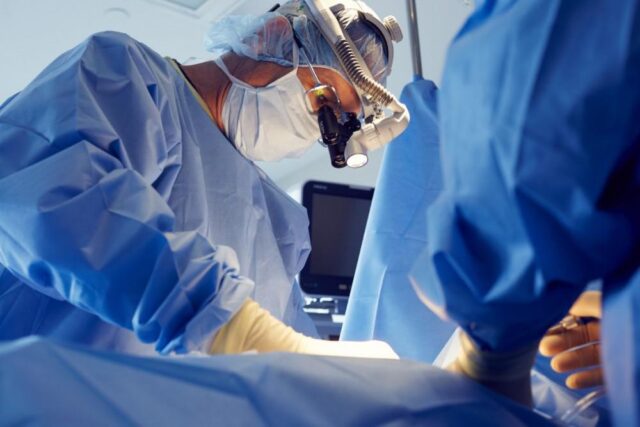
Craniotomy
A craniotomy is a surgical procedure that involves the removal of a portion of the skull to access the brain. This procedure is often performed to remove brain tumors or to treat other conditions such as brain hemorrhages, aneurysms, or blood clots. Before the surgery, your neurosurgeon will explain the procedure and the risks involved. You may need to undergo a pre-operative evaluation, including blood tests and imaging studies. During the procedure, you will be under general anesthesia and closely monitored by an anesthesiologist. After the surgery, you will be moved to the recovery room and closely monitored for any complications. You may need to stay in the hospital for a few days to a week. If you are in Austin and require a craniotomy or any other neurosurgical procedure, it is essential to find the best neurosurgeon in Austin to ensure you receive the best care possible.
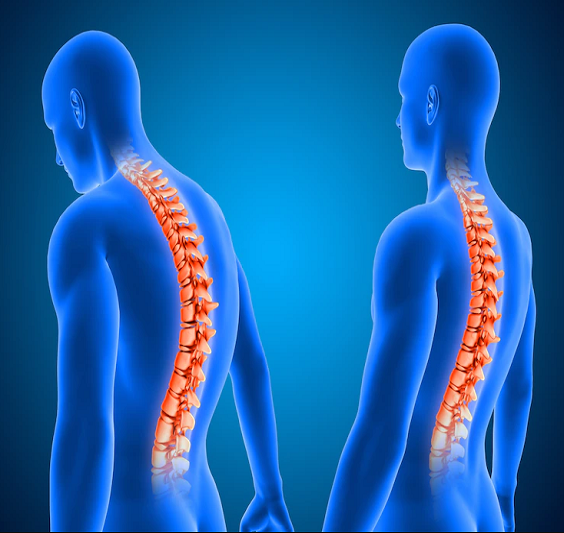
Spinal Fusion
Spinal fusion is a surgical procedure that involves the fusion of two or more vertebrae in the spine. This procedure is performed to treat conditions such as herniated discs, spinal stenosis, or degenerative disc disease. Before the surgery, your neurosurgeon will explain the procedure and the risks involved. You may need to undergo a pre-operative evaluation, including blood tests and imaging studies. During the procedure, you will be under general anesthesia and closely monitored by an anesthesiologist. After the surgery, you will be moved to the recovery room and closely monitored for any complications. You may need to wear a brace for several weeks and participate in physical therapy to aid in your recovery.
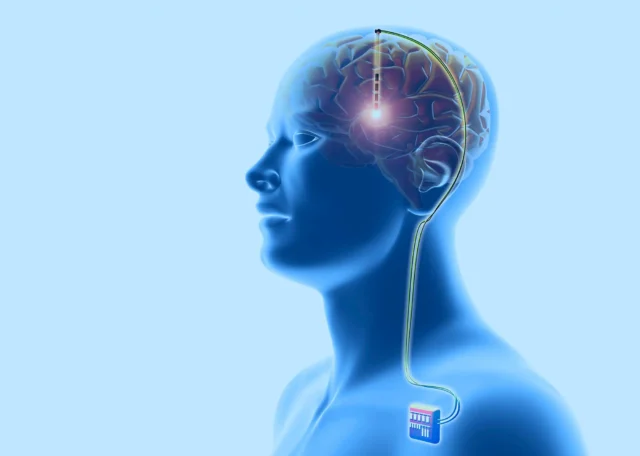
Deep Brain Stimulation
Deep brain stimulation (DBS) is a surgical procedure that involves the placement of electrodes in the brain to treat conditions such as Parkinson’s disease, essential tremor, or dystonia. Before the surgery, your neurosurgeon will explain the procedure and the risks involved. You may need to undergo a pre-operative evaluation, including blood tests and imaging studies. During the procedure, you will be under general anesthesia and closely monitored by an anesthesiologist. After the surgery, you will be moved to the recovery room and closely monitored for any complications. You may need to stay in the hospital for a few days to a week.
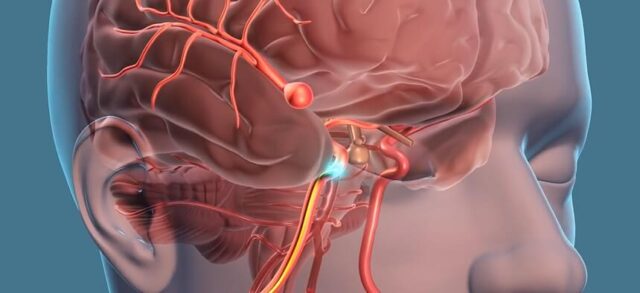
Brain Aneurysm Repair
A brain aneurysm is a bulge in the wall of a blood vessel in the brain that can rupture and cause a hemorrhage. Brain aneurysm repair is a surgical procedure that involves clipping or coiling the aneurysm to prevent it from rupturing. Before the surgery, your neurosurgeon will explain the procedure and the risks involved. You may need to undergo a pre-operative evaluation, including blood tests and imaging studies. During the procedure, you will be under general anesthesia and closely monitored by an anesthesiologist.
Conclusion
Neurosurgical procedures can be complex, and it is essential to have a good understanding of what to expect before, during, and after surgery. Your neurosurgeon will explain the procedure, risks, and benefits, and answer any questions you may have.






